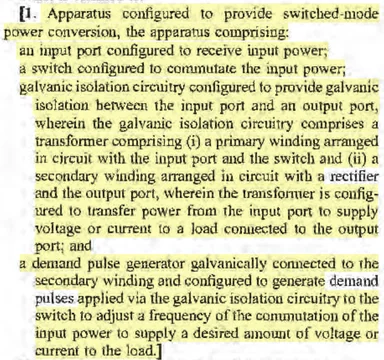
Sometimes summary judgment motions or responses end up involving arguments that material should be struck or not considered by the Court. A common question is whether, in making that kind of argument, a party needs to bring a separate motion, or if they can just make it as part of their summary judgment briefing—in an (ugh) footnote, for example.
The answer varies by judge. But we got some guidance from Judge Andrews in his Acceleration Bay opinion last week (which we also wrote about yesterday).
The opinion addressed a motion for summary judgment barring the plaintif from asserting the claims based on a prior contract that contained a non-assertion clause. The plaintiff responded by citing a later agreement, called the "2022 Amendment," that it argued showed the parties had abandoned the earlier agreement.
In response, the defendant argued that the plaintiff had waived its right to rely on that agreement, because it did not produce it in discovery. But the defendant did not move to dismiss. The Court held that it has waived it's failure-to-produce argument by failing to separately move during SJ briefing:
Plaintiff argues Defendant should be precluded from relying on the 2010 Agreement because Defendant failed to produce the 2022 Amendment or any discovery relevant to abandonment. . . . Plaintiff effectively seeks discovery sanctions at the summary judgment phase. Plaintiff should have made this request earlier—it is too late to do so now.
Acceleration Bay, LLC v. Amazon Web Services, Inc., C.A. No. 22-904-RGA, at 16 (D. Del. Sept. 12, 2024).
The Court pointed out that the plaintiff failed to file a separate motion to strike:
I note that Plaintiff never filed a motion to strike; its position is only detailed in its answering brief to Defendant’s motion.
Id., n.7.
The Court also explained that the timeline suggests it could have moved in "mid-June" given that trial is set to start September 23:
Plaintiff claims it became aware of the 2022 Amendment after receiving the summary judgment papers and because Plaintiff’s counsel also served as counsel for Boeing. . . . Assuming that Plaintiff’s counsel could not have obtained these agreements earlier even with proper due diligence, that suggests Plaintiff found the 2022 Amendment, at the latest, by mid-June when it filed its answering brief. September 23rd, the date trial is scheduled to begin, was still three months away. Plaintiff could have, and should have, raised the discovery issue to the Court when there was still plenty of time to pursue any necessary remedial actions.
Id., n.8.
There you have it. If you want to strike material in relation to summary judgment briefing, you should consider filing a separate motion to strike—a motion-in-a-footnote may not be enough.
If you enjoyed this post, consider subscribing to receive free e-mail updates about new posts.




